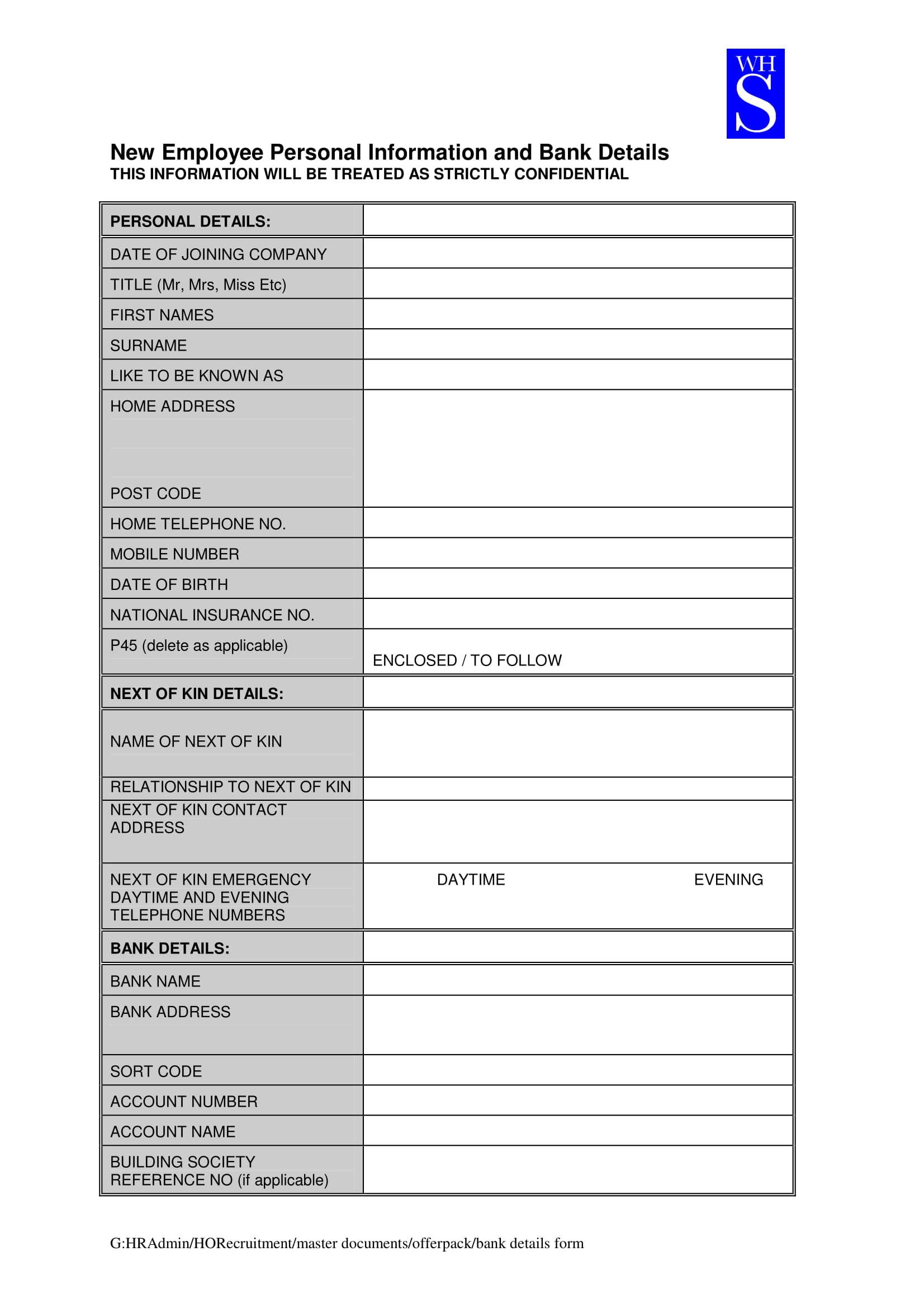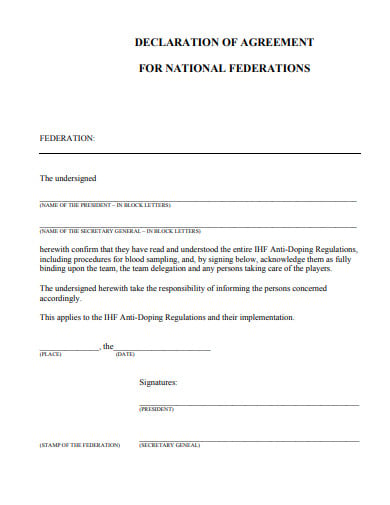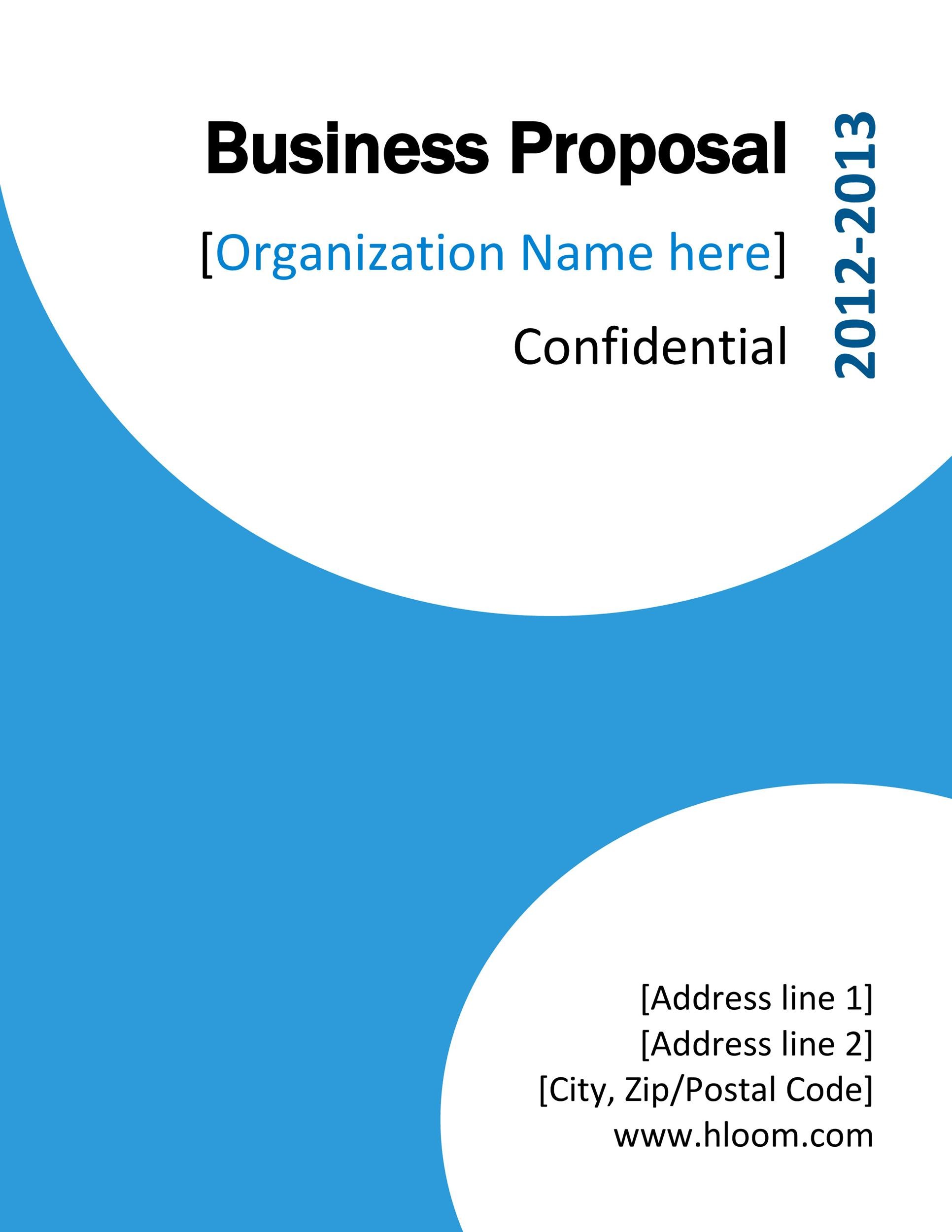Sample leave request letter format
Table of Contents
Table of Contents
Are you struggling to write a Leave Request Mail? Do you find yourself constantly searching for samples and templates to follow? You’re not alone. Many people struggle with the proper format and language when writing a Leave Request Mail. But don’t worry, this blog post will guide you through the process step-by-step.
The Pain Points of Leave Request Mail Format
One of the most common pain points when writing a Leave Request Mail is not knowing where to start. Many people are unsure of what information to include in the email or how to organize it effectively. It can also be challenging to strike the right tone - you want to sound professional but also convey the urgency of your request. Finally, there is the worry that your request will be denied or that your boss will not understand the reason for your leave.
The Target of Leave Request Mail Format
The target of a Leave Request Mail is to communicate with your boss or manager that you need time off from work. You want to provide them with the necessary details about your leave, such as the duration and reason, in the hope that they will approve your request. The email should be written in a clear and concise manner that is easy to understand.
Summary of the Main Points
In summary, whether due to lack of knowledge or anxiety about getting it wrong, many people struggle with writing a Leave Request Mail. The target is to communicate the need for time off from work in a clear and concise manner. The pain points can include not knowing where to start, how to organize the email, or striking the right tone.
Leave Request Mail Format Explained
When writing a Leave Request Mail, it’s important to begin with a clear and informative subject line. For example, “Leave Request: [Your Name] - [Leave Dates].” The first paragraph should include a brief introduction to your request, such as “I am writing to request time off from work due to [reason for leave].” The second paragraph should provide the details of your request, such as the leave start and end dates and whether you have any scheduled projects or meetings that need to be rescheduled. The third paragraph can include a polite request for approval and a thanks for your manager’s consideration. End the email with a professional closing, such as “Sincerely” or “Best regards,” followed by your name and contact information.
 Tips for Writing an Effective Leave Request Mail
Tips for Writing an Effective Leave Request Mail
One tip is to be as clear and specific as possible. Don’t leave any ambiguity about your request, as this can lead to misunderstandings or confusion. Another tip is to use a polite and respectful tone throughout your email. Remember that your boss or manager is doing you a favor by approving your request, so be sure to show appreciation for their consideration.

One mistake is to provide too much detail or to overshare personal information. Remember that your boss or manager does not need to know every detail about why you need time off. Another mistake is to be overly casual or informal in your language. This can come across as unprofessional and can hurt your chances of your request being approved.
The Importance of Formatting
Formatting is also important when it comes to writing a Leave Request Mail. Use a clear and legible font, such as Arial or Times New Roman, and keep the font size around 12 pt. Use proper punctuation and grammar throughout the email, and be sure to proofread it carefully before sending. A well-formatted email shows that you take your request seriously and that you value your manager’s time.
Frequently Asked Questions about Leave Request Mail Format
Q: How far in advance should I submit a Leave Request Mail?
A: It’s a good idea to submit your request as early as possible, preferably at least two weeks in advance. This gives your manager time to plan for your absence and make any necessary arrangements.
Q: What if my Leave Request Mail is denied?
A: If your request is denied, try to find out why and if there is anything you can do to address the issue. You can also try to negotiate an alternative schedule or arrangement that accommodates both your needs and those of your employer.
Q: What should I do if my manager does not respond to my Leave Request Mail?
A: If you do not receive a response within a reasonable amount of time, follow up with a gentle reminder email. If you still do not receive a response, try to speak with your manager in person or schedule a meeting to discuss your request.
Q: Can I send a Leave Request Mail through instant messaging or text?
A: It’s always best to send a Leave Request Mail through email for documentation purposes. However, if your company uses instant messaging or another communication platform for formal requests, you can use that as well.
Conclusion of Leave Request Mail Format
Writing a Leave Request Mail can be stressful, but by following these tips and guidelines, you can write an effective email that clearly communicates your request and increases the likelihood of approval. Remember to be clear and specific, use a polite tone, and proofread your email carefully before sending. With practice, you’ll become an expert in writing Leave Request Mails in no time.
Gallery
Leave Application Email - 17+ Examples, Format, Pdf | Examples
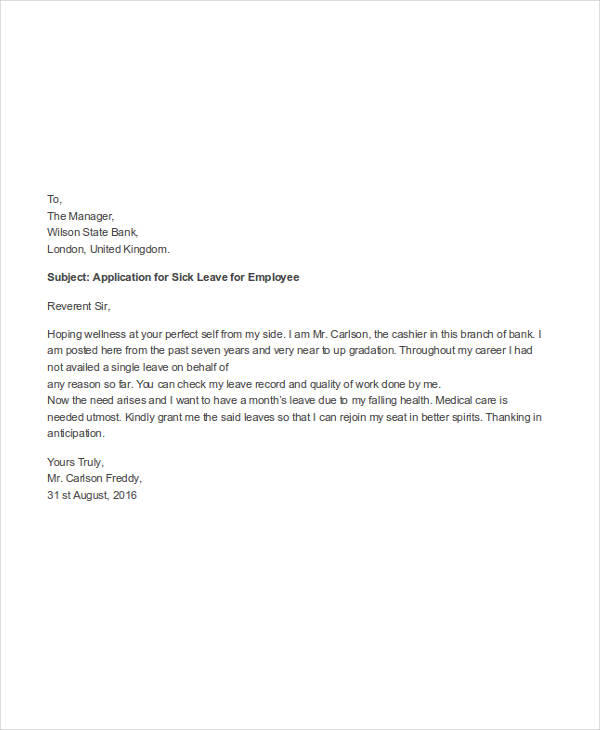
Photo Credit by: bing.com / leave email sick examples application example samples documentshub
Sample Leave Request Letter Format
Photo Credit by: bing.com /
50 Simple Leave Request Emails (Free Samples) - PrintableTemplates
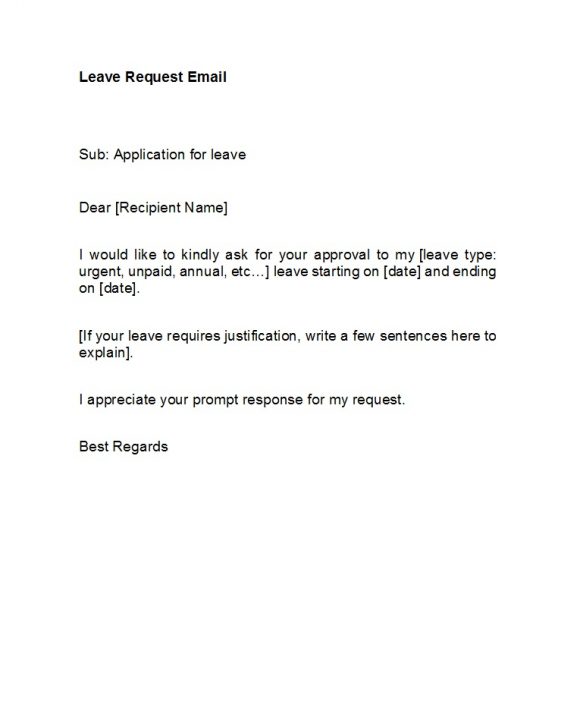
Photo Credit by: bing.com / emails printabletemplates
5+ Leave Application E-mail Templates - Free PSD, EPS, AI Format
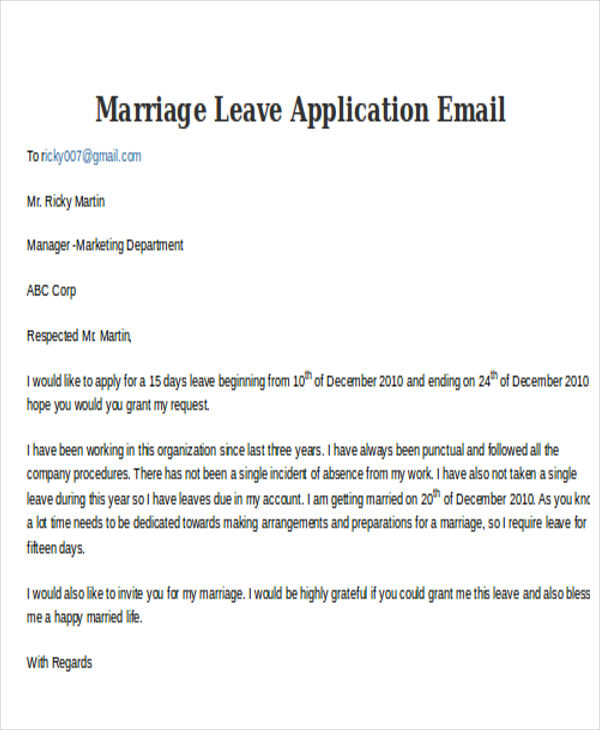
Photo Credit by: bing.com / application leave email marriage mail template format templates
4+ Free Sample Leave Request Email With Examples

Photo Credit by: bing.com / handover
